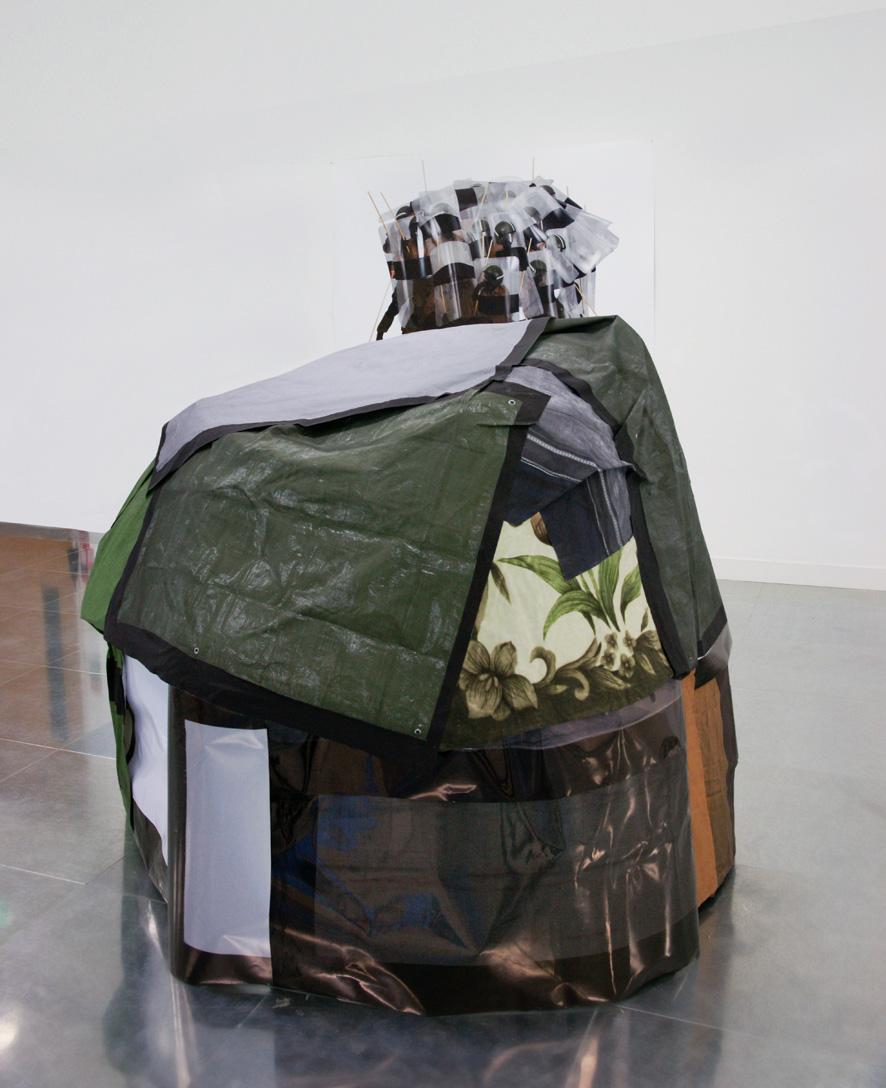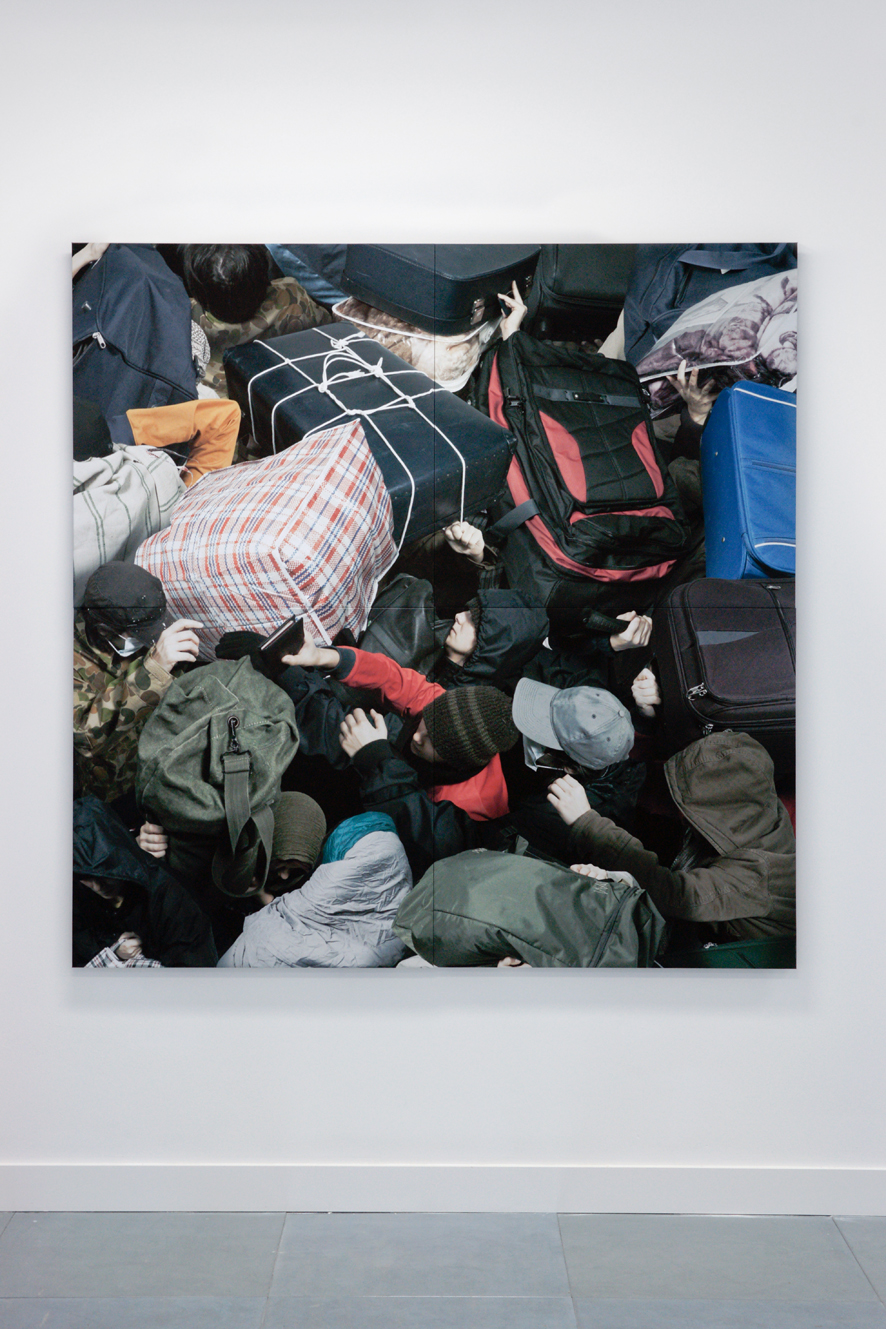Exhibition
at Dragon Court London
27th May - 18th June 2011
The Wolfson Syndrome
by The Modern Language Experimentat Dragon Court London
27th May - 18th June 2011







Exhibition views / Retreat (Installation) & Universal Pattern VI (4 Panels)
Press text
The Wolfson Syndrome
by The Modern Language Experiment
Louis Wolfson is an American writer who is most known for his contributions to language. Upon escaping an insane asylum in the 1950s, he began to dedicate his life towards developing his "own" language to counter his deep-rooted fear of the English language. For example, he contemplated words he feared such as "ladies" by attempting to use the German "Leute" before settling on the Russian "Lyudi". By doing so, he soon found that the re-appropriation of other languages allowed him to communicate within his own.
Wolfson's condition stems from a desire to reject the reality that is presented to him, one that he perceives as vulgar and repulsive, in favour of a new and unfamiliar language. Gilles Deleuze, in his book "The Logic of Sense" describes this language as being the foreign 'expressive', rather then the 'alimentary' mother tongue. This mechanism allows Wolfson to finally exist and interact, albeit with some limitation. During our email correspondence with writer, Kevin McCann regarding his article "Good-night Lyudi" in Cabinet Magazine no.37, he stated that:
"Borrowing from other languages helps to transform the familiar, enchant what habit has made dull and familiar and therefore invisible".
This exhibition is interested in what we have termed 'The Wolfson Syndrome'. The artists of this show including James Brooks, Gary Colclough, Gia Edzgveradze, Rainer Ganahl, Tina Hage, Gerard Hemsworth, Mark Lewis, Jon Moscow, David Rickard, Nicola Reed & Barbara Hoogeweegen utilise the framework laid down by Wolfson to contribute a vibrant and lively discourse. Many of them, like Wolfson, borrow from the languages of mediums other than their own, while some go even further by reappropriating languages from music, ASCII code and cartoons to allow the true nature of their expression to be conveyed. Others however, demonstrate the same struggle that existed for Wolfson through their own processes.
The combination of the above symptoms lead to an examination of how 'The Wolfson Syndrome' manifests itself in art practice today.